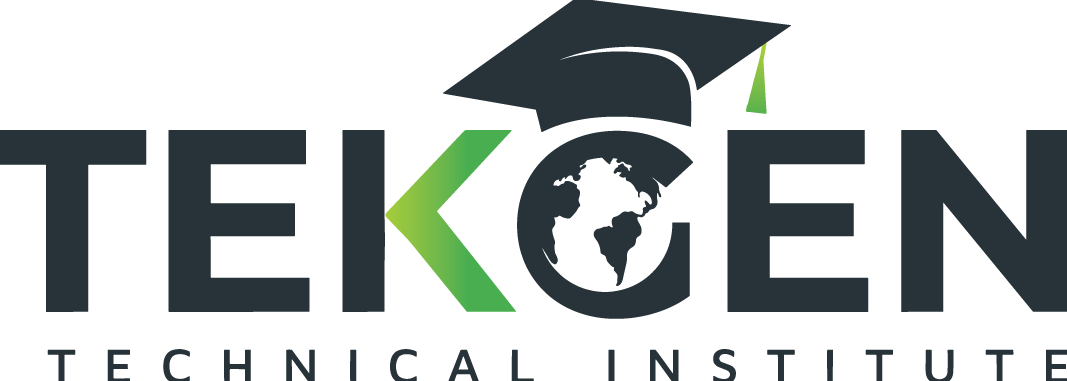Why Every Workplace Needs an Effective HSE Management System
Why Your Organization Needs a Reliable HSE Management System
In today’s fast-paced work environments, the need for a proactive and reliable HSE (Health, Safety & Environment) Management System has never been more critical. Whether managing a construction site, a manufacturing unit, or an office environment, a structured HSE approach ensures that employee safety, environmental protection, and regulatory compliance are integrated into everyday operations.
A well-implemented HSE system not only protects employees but also strengthens the organization’s reputation, improves operational efficiency, and fosters a culture of safety and sustainability.
What Is an HSE Management System?
An HSE Management System is a comprehensive framework consisting of policies, processes, procedures, and tools designed to:
Ensure workplace health and safety.
Control environmental risks.
Achieve regulatory compliance.
Many organizations align their HSE practices with internationally recognized standards such as ISO 45001 (Occupational Health and Safety Management Systems) and ISO 14001 (Environmental Management Systems). This alignment ensures that global best practices are followed, enhancing credibility and operational consistency.
A robust HSE system integrates risk assessments, training, incident reporting, audits, and continuous improvement mechanisms to proactively prevent accidents, minimize environmental impact, and maintain legal compliance.
Key Benefits of Implementing an HSE Management System
Implementing a structured HSE system brings multiple benefits for organizations, employees, and stakeholders:
1. Legal and Regulatory Compliance
Ensures adherence to national labor and environmental laws.
Meets international safety and environmental standards.
Reduces the risk of fines, penalties, and litigation.
2. Fewer Accidents and Injuries
Systematic risk assessments and hazard identification reduce exposure to workplace hazards.
Implementing corrective actions and preventive measures results in fewer incidents, injuries, and lost workdays.
3. Better Employee Morale and Retention
Employees who feel safe and protected are more productive, loyal, and engaged.
Investing in safety demonstrates that the organization values its workforce, which enhances morale and reduces staff turnover.
4. Improved Efficiency and Productivity
Structured HSE processes minimize downtime caused by accidents, investigations, or equipment failure.
Proactive management of hazards ensures smooth operations, increasing overall organizational efficiency.
5. Enhanced Reputation and Client Trust
Companies that demonstrate a commitment to health, safety, and environmental sustainability build credibility with clients, investors, and regulatory bodies.
ISO certification and robust HSE systems enhance stakeholder confidence, creating competitive advantages in the market.
How to Get Started with an HSE Management System
Implementing an HSE system may seem complex, but a step-by-step approach ensures smooth adoption:
Conduct a Safety Audit and Identify Gaps
Assess current practices, identify hazards, and review compliance status.
Establish a baseline to understand where improvements are needed.
Set Clear Objectives and Responsibilities
Define organizational HSE policies and assign responsibilities at all levels.
Ensure accountability for safety outcomes across teams and management.
Provide Employee Training and Awareness Sessions
Train employees on hazard identification, safe work procedures, PPE use, and emergency protocols.
Encourage a safety-first mindset across the organization.
Monitor Performance Using Safety KPIs
Track leading indicators (safety observations, near-miss reports) and lagging indicators (incident rates, lost-time injuries).
Use metrics to measure effectiveness and drive continuous improvement.
Regularly Review and Improve the System
Conduct periodic audits and management reviews.
Update policies, procedures, and training programs based on feedback, incidents, and regulatory changes.
Conclusion
An HSE Management System is not a one-time setup; it is a culture that must be nurtured daily. When implemented correctly, it protects employees, reduces accidents, ensures regulatory compliance, and enhances organizational performance.
Investing in a robust HSE system is an investment in your people, operations, and reputation. By embedding safety and environmental practices into your corporate culture, you create a workplace that is safe, efficient, and sustainable for the long term.


